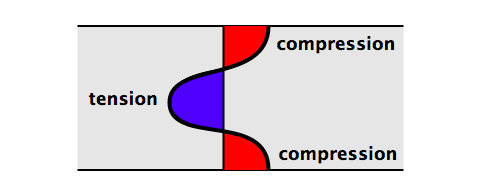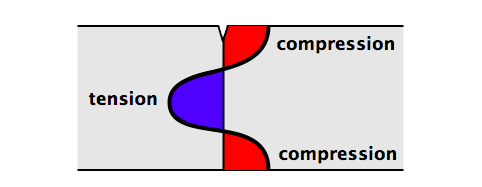The iPhone 4 Glassgate story
October 7, 2010 at 11:04 PM by Dr. Drang
Have you seen this story from Ryan Block at Gdgt? Here’s the key paragraph:
According to my sources both inside and outside Apple, after Antennagate the iPhone engineering team identified another potential design flaw that appears to have sent them into a quiet lockdown, and has them working behind the scenes in what’s been described to me as something of a quiet panic to preempt any further tarnishing the iPhone brand. Apple has apparently found that non-bumper style cases — specifically those that slide onto the iPhone 4, which are occasionally prone to particulate matter getting caught between the rear of the phone and the case — can cause unexpected scratching that could quickly develop into full-on cracking or even much larger fracturing of the entire rear pane of glass. To put it another way: Apple is afraid you might buy a standard slide-on iPhone case, put it on your phone, and then discover the next time you take it off that the entire back of your device has been shattered by no fault of your own.
Glass is, of course, a brittle material, which makes it sensitive to scratches in areas where it experiences tensile stress. The typical way to “strengthen” glass is to process it—through either heat or chemical means—to induce compressive stresses on the surface. The glass itself doesn’t really get stronger, but it’s able to carry more load as a structure because some of the applied load has to go toward “decompressing” the surface before any tensile stress is generated at all.

This same general idea is used in prestressed concrete, although in that case the compressive stresses are induced not by heat or chemical means, but by highly stressed steel strands.
The upshot of this is that small nicks and scratches on the surface of the iPhone’s glass shouldn’t be a big problem because they should be within the precompressed zone.

But if the precompressed zone is shallow or isn’t under sufficiently strong compression, the tip of the scratch could be put in tension, which is exactly what you’re trying to avoid. The scratch will then grow into a full-fledged crack and can start to run through the glass sheet.
Another problem can come from scratches at the edges of the sheet, where the induced stresses don’t follow the pattern I’ve shown here. This doesn’t seem to be what Block is talking about, though.
Obviously, I have no idea whether scratches are a real problem or this is just a poorly-sourced story. If there really is a Glassgate, you can expect to hear more about surface compression and internal tension in the weeks to come.

